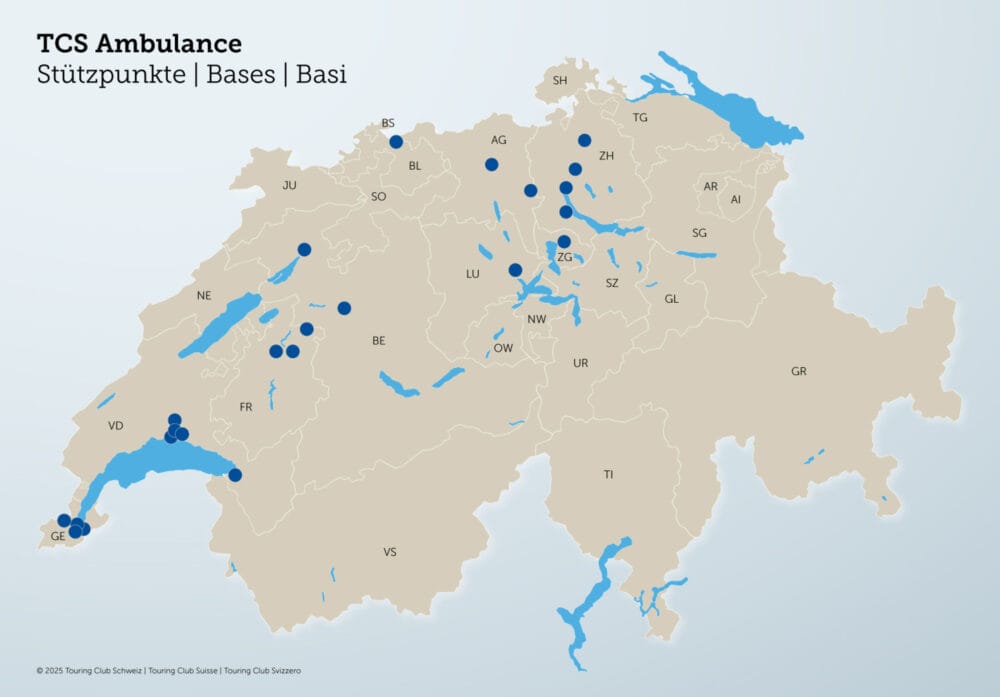Gently steering behavior - thanks to nudging
People do not always act as rationally as we sometimes think. We should also take advantage of this fact for our safety and health. Nudges are concrete measures to nudge and facilitate specific behavior - even over language barriers.

Have you already crossed a road today and walked across a pedestrian crossing? Pedestrian crossings support safer behavior by road users through simple visual markings - a nudge for more safety in everyday life. "Nudging" is a term coined since 2008 by Richard Thaler and Cass Sunstein and represents an approach from behavioral economics. A nudge describes a measure to steer people's behavior in a desired direction, but without excluding other options.
In addition to the use of nudging in the context of classic marketing measures, nudges are used in the areas of environment and sustainability, nutrition and health, or even in the context of education to support "better" decisions.
For example, the UK tax authority sent out reminder letters saying: "Nine out of ten Britons pay their taxes on time, and in your neighborhood most have already paid." Three months later, 83 percent of recipients had paid their taxes, compared with only 68 percent in the comparison group. This formulation is aimed at the urge to follow social norms and not stand out from the "herd."
Recently, the use of nudging has also been discussed more intensively in the context of strategic risk communication, specifically in the context of prevention efforts in occupational safety. Behavioral approaches are not new to prevention, but - in contrast to nudging approaches - they focus primarily on deliberate action and behavior, which can be influenced via classic risk communication (for example, factual instructions, brochures with rules of conduct, etc.).
Nudges target the fast, automated action They therefore work particularly well for more intuitive, habitual behavior or for behavior that we do not think about intensively and explicitly weigh up the pros and cons. Nudges work because people do not always make rational decisions independently. Situational factors such as time pressure, lack of knowledge, emotions, etc. as well as habits influence our everyday decisions.
Potential Nudging in Prevention
Nudges are already being used today in the context of occupational safety and health protection. For example, through stickers with footprints on the floor, which direct employees in the warehouse to the traffic route for people, or through emotional references to past accidents in the context of accident prevention. Also, Lunt and Staves (2014) were able to show that visual cues via color coding (of pipe systems, for example) are a promising approach to improve attention and safety practices. Such nudges are intended to encourage people to behave in a safe and healthy manner.
There are several Behavior-influencing effects and rules of thumb, applied in nudging to steer behavior in a certain direction. For example, the above-mentioned principle of herd behavior not only works for taxation, but can also be used in occupational health and safety. A sign that indicates that 80 percent of the company's employees protect themselves from the sun while outdoors demonstrates a social norm.
This can encourage the remaining 20 percent to do the same as their team members. In certain cases, optical illusions are also helpful in highlighting a hazard: If the road markings before curves or intersections are visually narrower, we perceive the speed at which we are traveling as increased and automatically slow down. The advantage of such a nudge is that it also works independently of language. Visual feedback on a specific behavior, for example in the form of laughing or crying smileys, are also proven nudges to support a desired behavior. Many other examples prove the success of such approaches. However, there are a number of key aspects to consider when it comes to their actual use in the work environment.
In principle, nudging works best when the desired Behavior with little effort can be achieved - both cognitively and, for example, in terms of time resources. This means that the less thought has to be given to the execution of a (safe) behavior, the more receptive people are to such "nudges". This is also related to the fact that there is often performance and time pressure in the work context. So it pays to make a desired behavior as simple as possible:
Is the personal protective equipment available where the employees need it and where they come by anyway? Or do they have to go out of their way to get it? If the protective equipment is positioned in a clearly visible place, it also acts as a reminder to use it. It has also been shown that combinations of nudges (for example, a simple info-visualization and feedback) are particularly effective, depending on the context.
Context and transparent communication are important
One important finding is that acceptance and effectiveness depend very much on the context. This illustrates the relevance of the situation-specific design of nudges. On the one hand, different conditions simply allow for different methods (for example, fixed vs. variable workplaces, employee language, work routines, individual work vs. team work, etc.). On the other hand, previous findings indicate that nudges are more effective the more nudged individuals can identify with the nudge.
A nudge should therefore, whenever possible and sensible, be personalized or at least designed to be company-specific. It should be noted that the work environment can vary greatly depending on the industry and the company. An important factor, especially in the work context, is the social environment. The effectiveness of nudges here depends heavily on social norms and the culture in which they are practiced. Whether a person behaves safely is not only relevant for that person, but usually also for other employees - even if it is "only" through their role as a role model for others. For the development of nudges, it is therefore important to analyze and consider social norms on a company-specific basis and, if necessary, even to use them specifically, for example in the form of role models.
To avoid nudges being perceived only subconsciously or even as manipulative, a Open and transparent communication The company's communication with its employees is central. It is important that a company actively communicates about the motivation and objectives of nudges and, if possible, also obtains feedback on them in order to promote both employee trust and acceptance of the measure.
Nudging in the context of occupational safety and health protection should always be understood as a complementary approach. We are legally obligated to work safely and healthily and to comply with certain safety precautions. However, nudges can help us to carry out this behavior more intuitively and with less effort - and perhaps they even bring more humor into everyday work.









